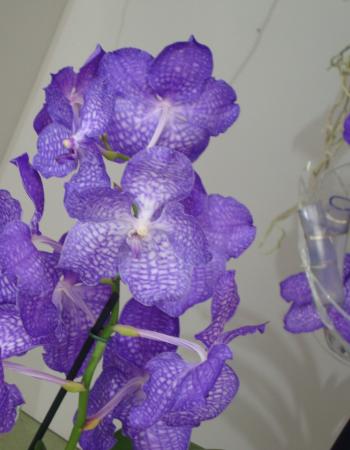Comparative Study of Protection Efficiency of C-Steel Using Polystyrene Clay Nanocomposite Coating Prepared from Commercial Indian Clay and Local Khulays Clay
Comparative Study of Protection Efficiency of C-Steel Using Polystyrene Clay Nanocomposite Coating Prepared from Commercial Indian Clay and Local Khulays Clay
Abstract: This work aimed to compare the coating protection efficiency of C-steel using two kinds
of clay: a local Khulays clay (RCKh) from Saudi Arabia and a commercial clay (CCIn) from India.
Clay-based polymer nanocomposites have a unique layered structure, rich intercalation chemistry,
and availability at low cost. They are promising reinforcements for polymers. The raw clay for both
clay types was washed before being treated with NaCl to produce sodium clay (NaC). The cationic
surfactant cetylpyridinium chloride (CPC) was then used to convert the NaC into the organoclay
(OC) form. Polystyrene/organoclay nanocomposites (PCNs) were prepared by combining different
concentrations of organoclay (1%, 3%, and 5% OC) in toluene solvent and polystyrene (PS) as the
matrix. To ensure the success of the PCN modification process, the organoclay and PCN films were
characterized using a variety of techniques, including Fourier transform infrared spectroscopy (FT-IR),
X-ray diffraction (XRD), and transmission electron microscopy (TEM). The shifts in the FT-IR spectra
after the CPC treatment of NaC confirmed the presence of CPC in the organoclay samples and the
presence of OC in the PCNs. The exfoliated structure was obtained from the XRD spectrum for low
clay loading (1–3% PCN), while the intercalated structure was the dominant form for the 5% PCN. The
XRD results were confirmed by TEM images. To calculate the coating efficiency of the PCNs, various
electrochemical methods were used. The electrochemical measurements included electrochemical
impedance spectroscopy (EIS), the electrochemical frequency modulation (EFM) method, and Tafel
plots. The PCN with a concentration of 1 wt.% OC has a fully exfoliated structure and higher coating
efficiency than the PCNs with partially exfoliated structures (3 wt.% and 5 wt.%). It was found from
the Tafel plots that commercial Indian clay has better corrosion protection (81.4%) than local Khulays
clay (60.2%). A comparison with other studies using current density values shows that our results are
superior to those of many studies.

Abstract: This work aimed to compare the coating protection efficiency of C-steel using two kinds
of clay: a local Khulays clay (RCKh) from Saudi Arabia and a commercial clay (CCIn) from…

Polymer–Clay Nanocomposite (PCN) coatings were prepared using the solution intercalation
method. The raw Khulays clay was treated with NaCl to produce sodium clay (NaC). Thereafter,
…

Polystyrene/clay nanocomposite (PCN) was successfully prepared. Five characterization methods were applied: Particle size distribution analysis (PSD), Fourier Transfer Infrared spectra (FTIR), X-…

